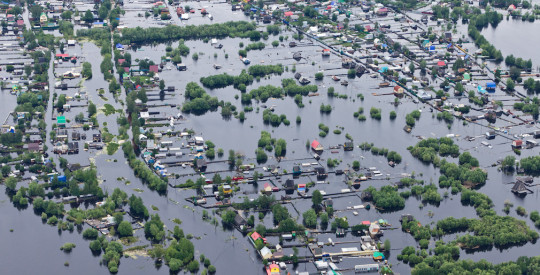The Bloomberg article cited analysis from the San Francisco Reserve, which showed that nearly 40% of 175 communities that may see chronic flooding by 2045 also have poverty levels above the national average.
“As the frequency and severity of floods in the U.S. continues to increase due to climate change, the shortcomings of our current tools will be increasingly insufficient to quantify flood risk,” the report said.
Because of increased levels of flood risk, real estate values stand an overwhelming chance of decreasing.
According to Zillow, more than 800,000 existing homes worth $451 billion are at-risk for a 10-year flood by 2050. By 2100, those numbers will jump to 3.4 million existing homes worth $1.75 trillion.
Over the past decade, tidal flooding has risen in many coastal communities. However, since 2009, a third of the nation’s coastal cities have seen an influx of new homes being built, worth trillions.
And those homes, even the ones not directly next to the water, are at an increased risk of flooding. There is a 10% annual risk of this type of devastating flood, reaching farther inland than they do now. These floods cause many problems, leading to an increase in cost of insurance, as well.
While Zillow says Florida is the No. 1 state with the highest risk of chronic flooding by 2100, New Jersey sits No. 2, along with Mississippi and Connecticut, and other coastal states.
“This can be disastrous for a homeowner whose house is their largest asset and a substantial portion of their net worth,’’ the report said. “This will have a disproportionate adverse impact on low- and moderate-income households. Obviously, this can result in a downward spiral of property values for such communities.’’
Source: Housingwire





